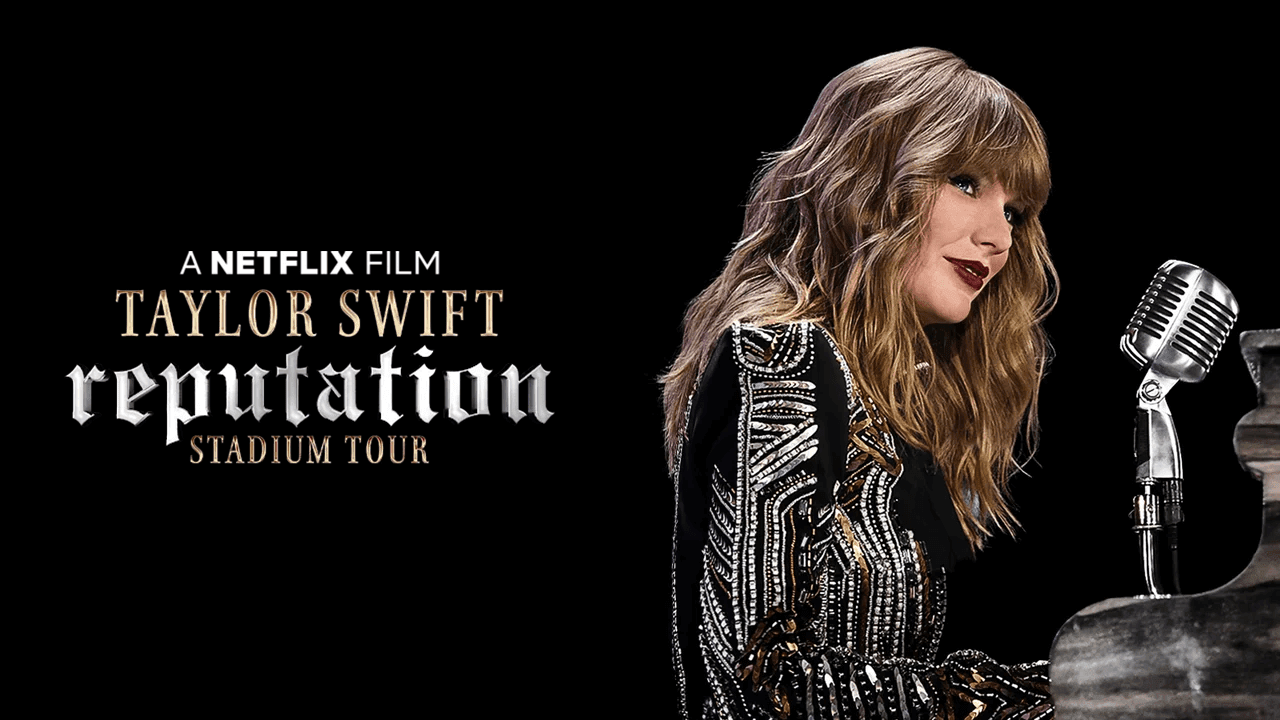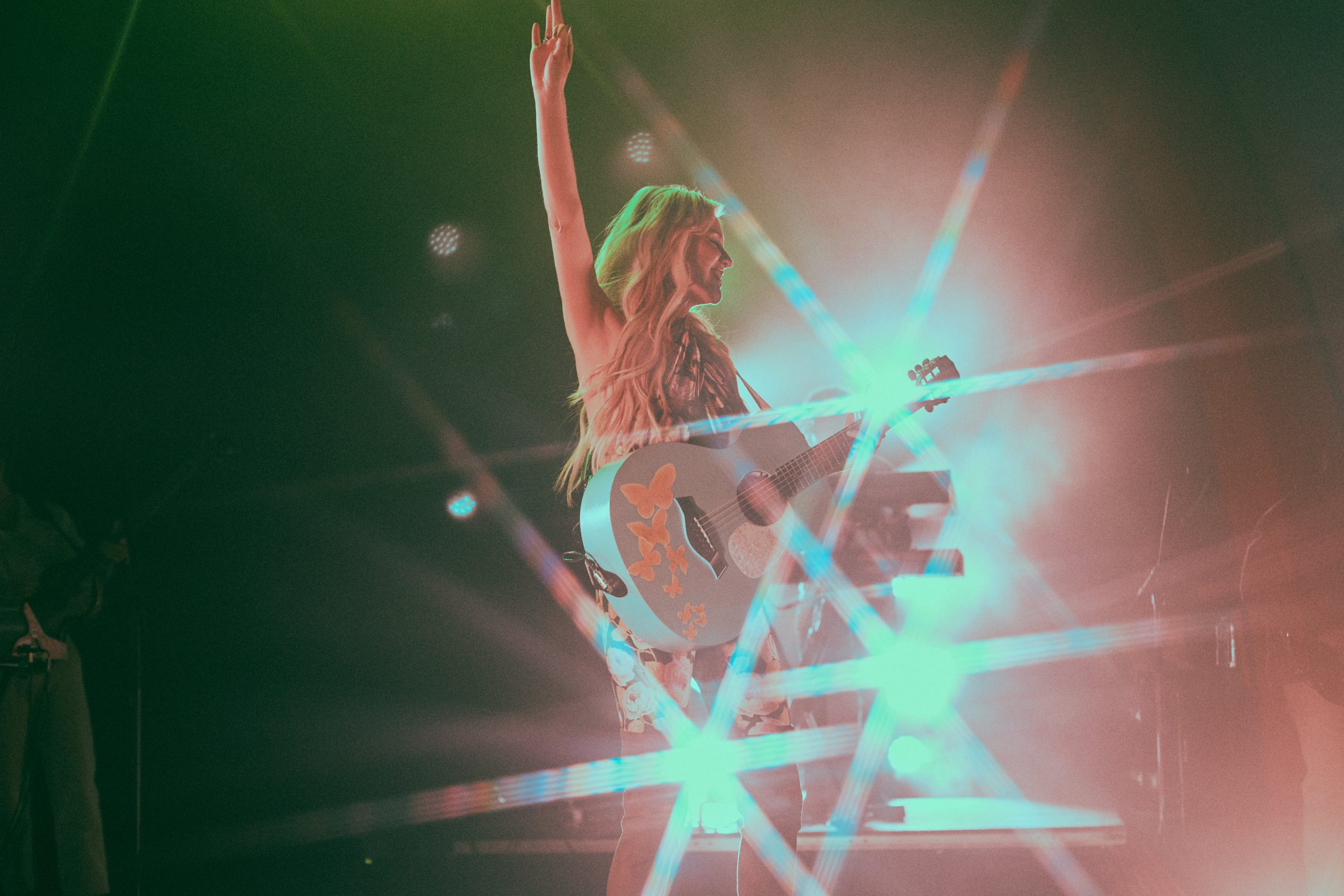So, Taylor Swift’s Dallas show was recorded for a special Netflix film with proper professional cameras to showoff slow-mo shots of the perfectly choreographed dance moves and stupendous production. Regular shots of the crowd showed there was actually two crews at the event, the one T. Swift paid for, and the fans who paid Swift to go see her, and do the job for her. Every crowd shot saw hundreds, thousands of iPhones held a loft, videoing every second. If only there was, y’know, a professional camera team there to video it for the crowd so they’d be able to relive what was probably one of their greatest nights, over and over again, at the click of a button, on Netflix, that thing that has effectively replaced TV. If only… I guess they can be forgiven though. I guess they paid I-don’t-even-want-to-know-how-much for a ticket. I guess they were the ones balling their eyes out, they were ones displaying infinite passion and energy for the full two hours, maybe I’ll leave them all alone, just this once.
Taylor Swift. A country-pop sell-out or merely a shape-shifting superstar? After launching herself onto the global stage with her radio, and more importantly, chart-friendly, country-inspired singer-songwriting tunes, Swift developed her sound, and her last release, reputation, saw her complete the transformation into an all-out, stadium-selling, perfected pop-star, and arguably saw her claim the crown as the world’s biggest star. The result of this successful transformation? A sold-out, worldwide, record-breaking, record-making stadium tour. So big, so impressive, so extravagant, it’s now got its own Netflix release, and will live forever, just like her legacy. This tour was not only career-defining but potentially era-defining – as pop stars continue falling to changes in music consumption, the likes of JT and Katy Perry being forgotten, Taylor Swift just seems to keep getting better. But could she do it on a warm, still night in front of an adoring crowd in Arlington? Well yes, otherwise she wouldn’t have allowed the rest of the world to see it, would she now.
There are 6 ‘Acts’ in total – this isn’t a concert or even a pop show, the music is a mere distraction from this piece of theatre. And as the show progresses, you finally begin to realise the sheer size of this thing. The number of people involved, it’s bordering on ridiculous. Even the crowd are involved, due to the light-up wristband, an apparent must-have at any stadium show nowadays, it’s all-inclusive it seems. It’s an audacious show, it’s utterly outrageous. Where a forceful drum beat would usually be met with a flash of light, a changing of colour at a regular show, T. Swift has fireworks. But impressively, the 5ft 8in singer never lets the set-up or the stadium swallow her, working her way across it to various ‘B’ and ‘C’ stages, her presence felt in each corner. The production is insane too, as expected I guess. Plenty of serpent-themed statues appear on stage, reflecting the theme of reputation visually, but when a handful of tentacles appear attached to the B-stage, it gets a little confusing, but I guess there must’ve been some budget left… Or someone way too high-up on the production team lost odds-on or something?
Yet whilst the army of dancers, wild production or showers of fireworks and confetti are all-well-and-good aesthetically, and tick the box of value-for-money for the paying punters, the memorable moments occur when Swift strips it back, and pays ode to the past. But before playing a handful of acoustic throwbacks, Swift takes a moment to acknowledge the crowd’s acceptance of her many stylistic and sonic changes throughout her career, something which she’s received criticism for, amongst all the other nonsense, in the past. Swift has been targeted by some for apparently selling-out the folk world for something bigger, something more, y’know, stadium-sized. Whilst she may have used the country niche to propel herself, labelling her a sell-out for then adapting her sound, for growing as an artist, seems unfair. In fact, it’s complete bullshit. Ample space and time are reserved for acoustic hits during this mega-show. She still pays ode to her past, but she’s evolved as an artist, as a musician – it’s what happens with all artist who remain successful over a long career, just look at Arctic Monkeys… Adaptation is a necessity of longevity.
Swift, as she explains during the show, still sticks by the same songwriting principles that launched her career: the use of lyrics to express her personal problems and her desire to write infectious melodies, and that is all still apparent on reputation. The only differences now is there’s more production, the instruments have changed, she isn’t that 15 years old with simply an acoustic guitar in hand anymore, she’s a global superstar, but one who still returns to that initial recipe, just her and a guitar, even when stood with hoards of people staring at her through the screen of an iPhone or iPad whilst simultaneously dressed as snakes, as elephants, dressed as the number 13, as literally whatever they could think of.
What this Netflix episode shows, on multiple occasions, is that, whilst Swift revels alongside expensive-production, an army of dancers and a relentless performance of perfected dance-routines, she can also hold it on her own, out in the middle, laid bear, paying ode to the songs that launched this now ridiculously impressive career. Whilst on reputation, Swift declares “old Taylor can’t come to the phone right now…she’s dead”, The Reputation Stadium Tour shows there’s still a little bit of ‘old Taylor’ well and truly still alive under the, rather thick, skin of this stadium-selling pop Queen, all that seems to have happened, is she’s grown up, she’s matured, she’s developed stylistically, and, as a result, asserted her legacy as one of the all-time greats of pop music – what, we going to crucify her for that too, as well as everything else?
Find Taylor Swift on Spotify and Apple Music.


